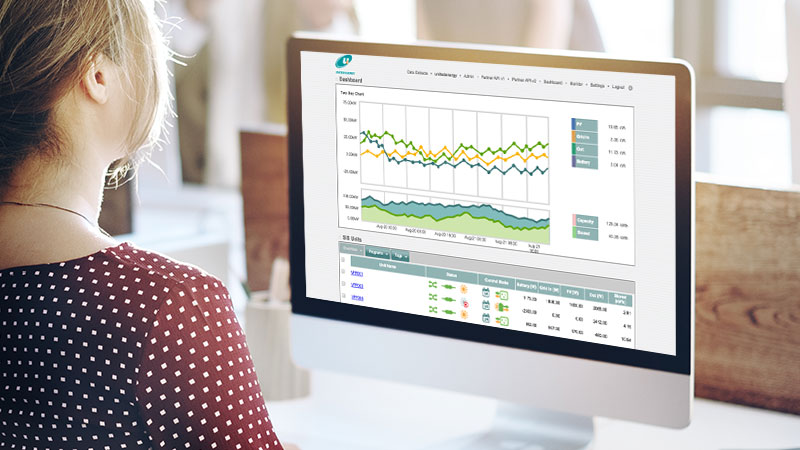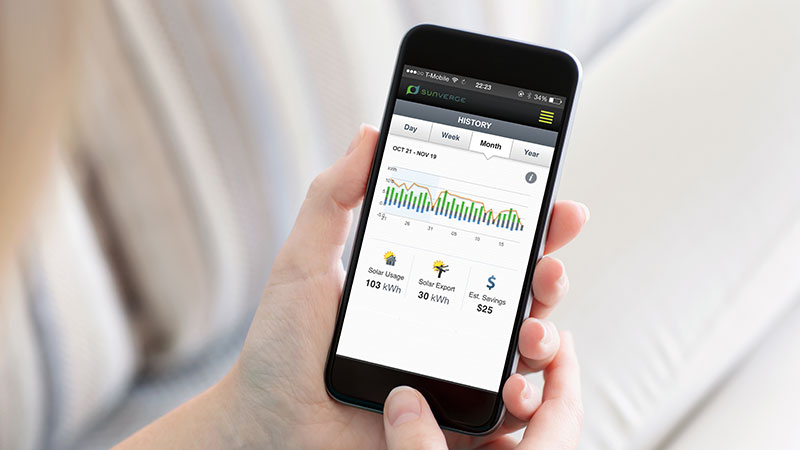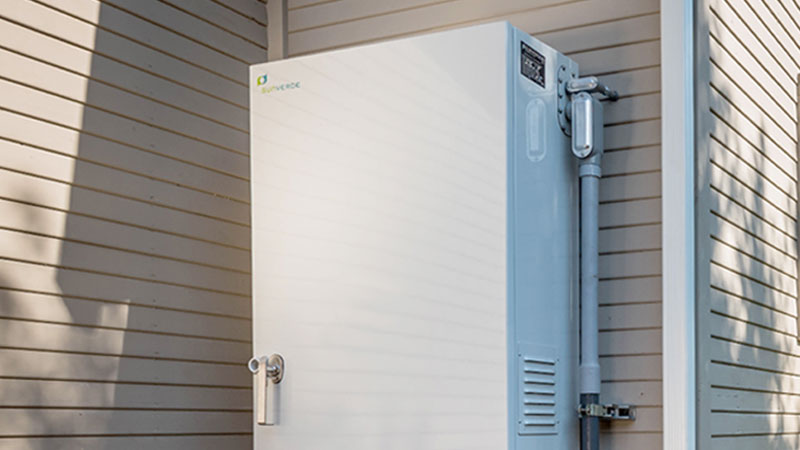Californians are used to annual warnings about conserving power during periods of peak demand in the summer. Usually, the underlying problem concerns the potential for demand to outstrip generation capacity or overload the transmission network. This year the ISO has issued that warning for southern California, but for a very different reason: Not enough natural gas to operate peaker plants, according to the Los Angeles Times.
The shortage stems from problems with a natural gas storage facility, which lost much of its stored gas through a leaking well and was forced offline for several months. It won’t be replenished in time for the hottest days of the summer (and long-range forecasts are for above-average temperatures this year).
This warning absolutely underscores how vital it is to deploy Distributed Energy Resources (DERs) that utilities can operate as Virtual Power Plants (VPPs) to provide alternative energy supplies to their customers. While it’s unusual for a large storage facility like the one near LA to be depleted, it’s just one of many events or circumstances that can lead to reliability issues in a grid based almost entirely on large-scale generation. Wind and rooftop solar generation along with storage provides an available, local power source that isn’t subject to those issues, and when combined with our software management platform, offers enormous flexibility in terms of aggregating and directing that power where it is most needed.
What has to go with that are business models and regulatory changes that bring out the full potential of DERs to both increase reliability and reduce emissions. New York has recognized this need, and when the Public Service Commission developed its Reforming the Energy Vision (REV) to re-engineer the business model of utilities, it made distributed generation a major part of the vision. Just last week the PSC approved new revenue models for utilities in the state that support alternative income streams from, among other things, managing distributed resources. That’s the kind of regulatory shift that’s needed to move DER and VPPs from demonstration projects to the mainstream, and get us closer to a new grid model that is resilient enough to deal with situations like the one in LA.








